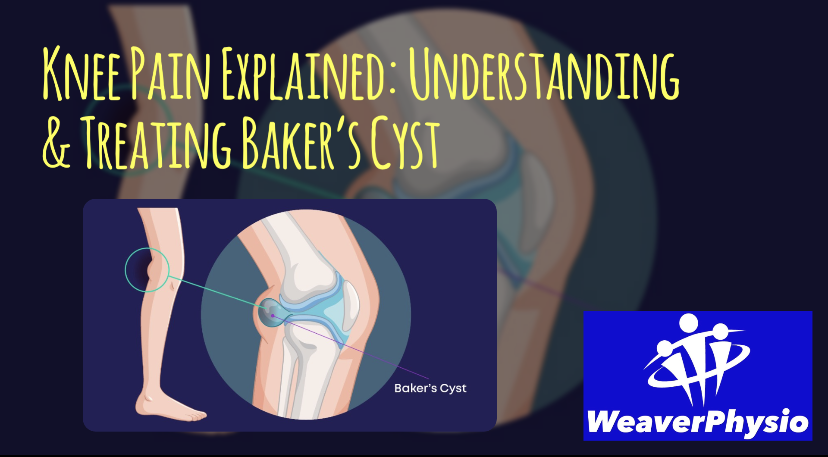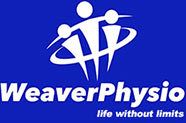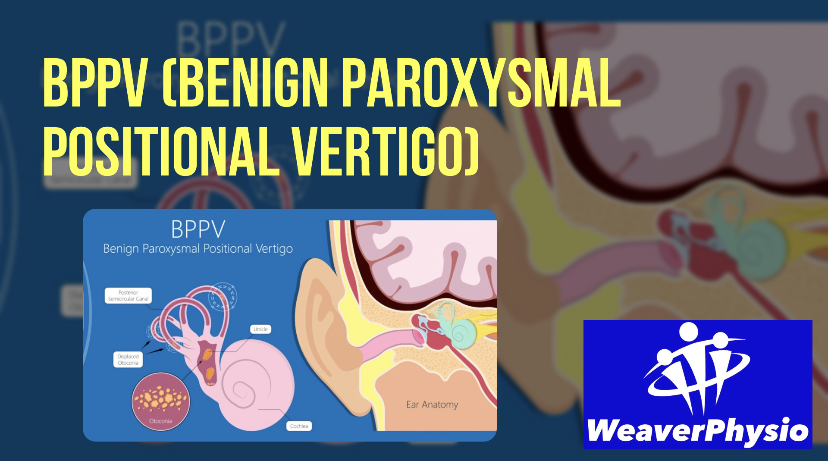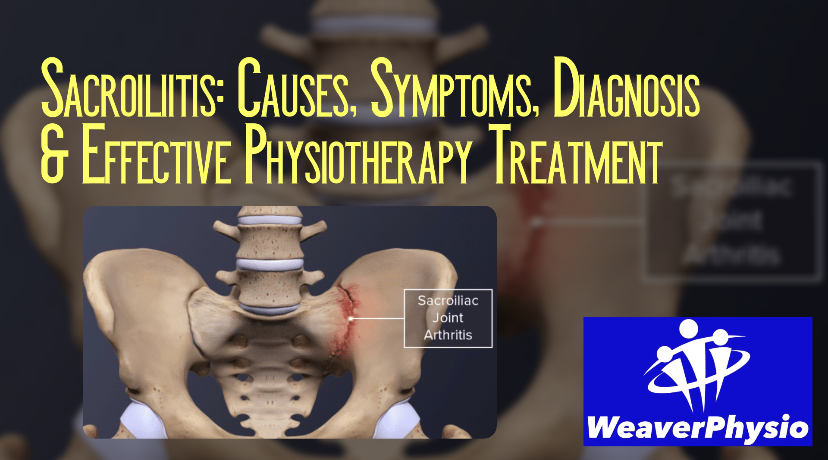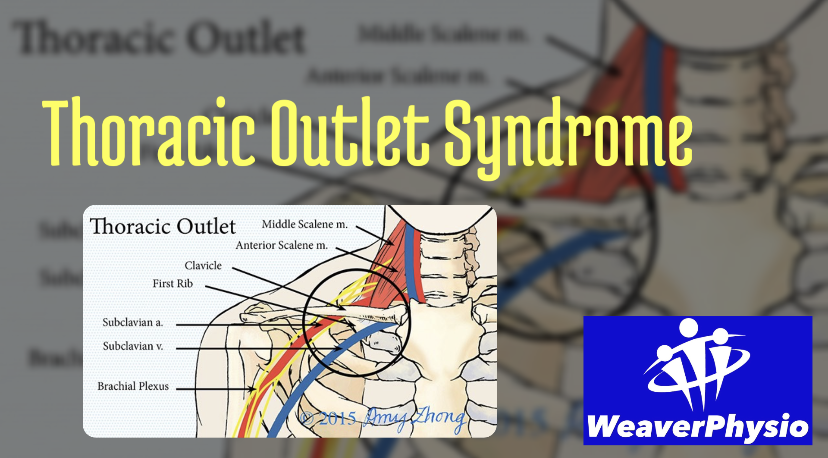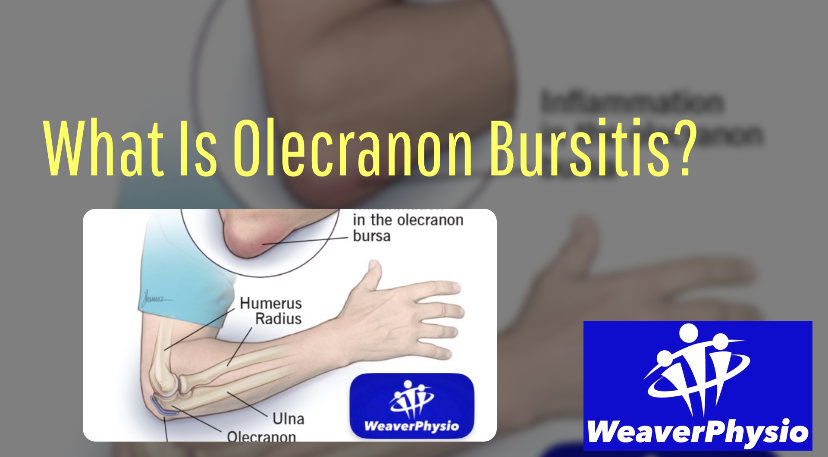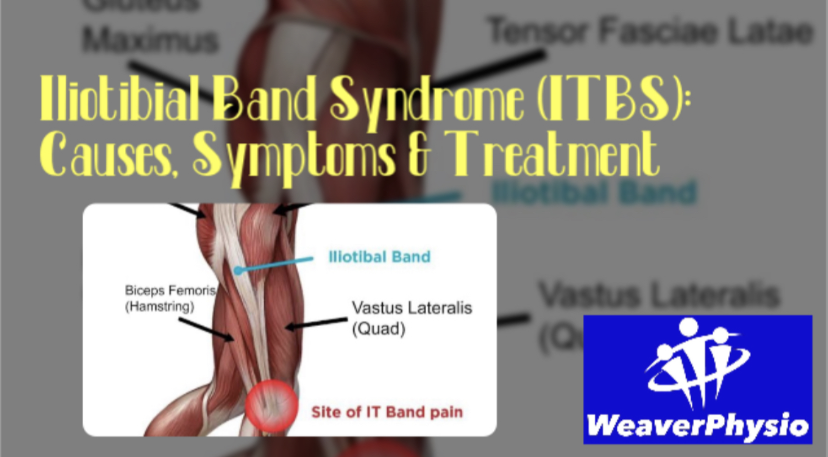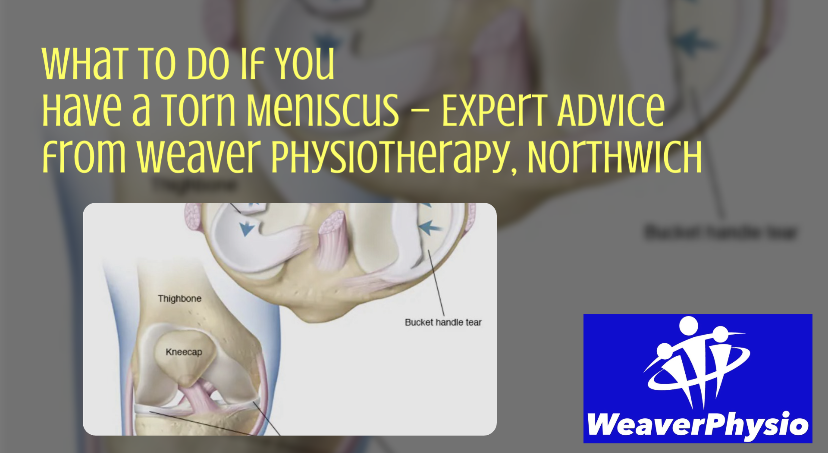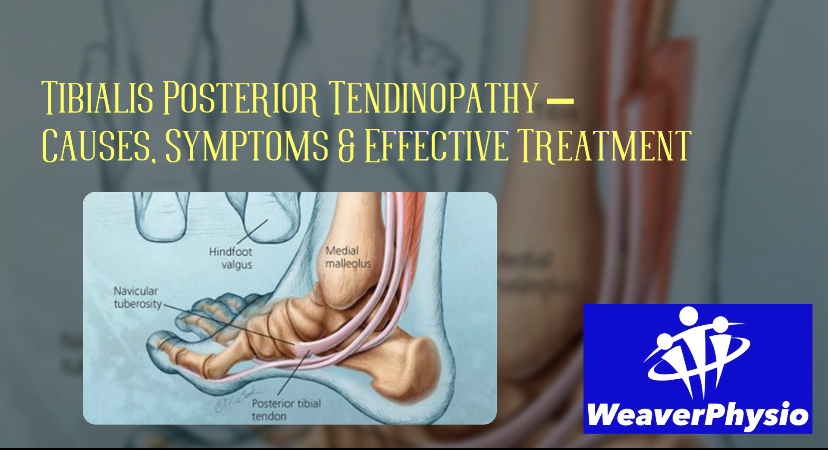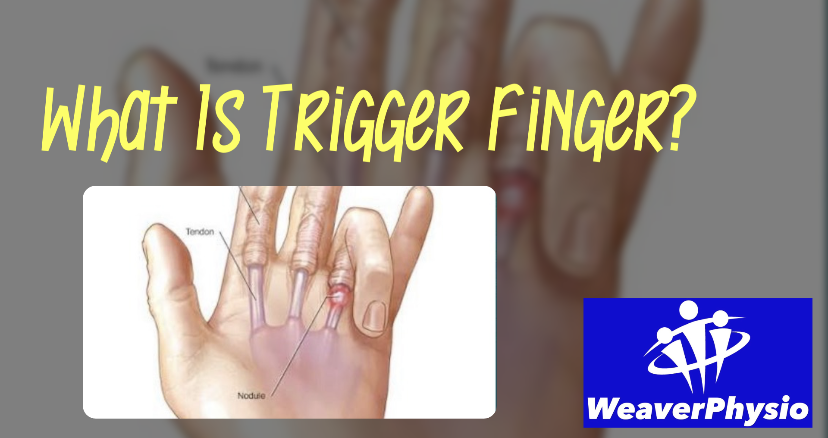Arthritis
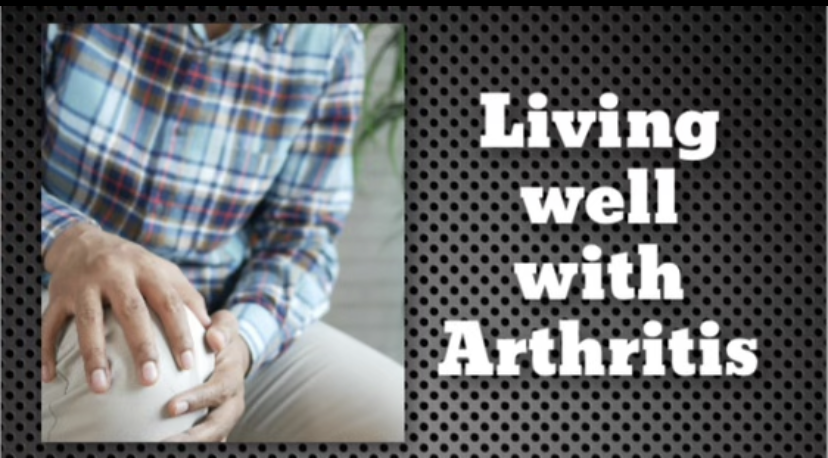
At some time in your life, there is a strong chance you will experience sore, achy stiff joints, possibly even swollen and red joints at times. But what is this? Could it be arthritis? And, if so, what kind of arthritis? Maybe you didn’t know that there are different types of arthritis that can affect your joints, each of which has different causes and different outcomes.
Arthritis is the swelling and tenderness of one or more of your joints. The main symptoms of arthritis are joint pain and stiffness, which typically worsen with age. The most common types of arthritis are osteoarthritis and rheumatoid arthritis.
Osteoarthritis (OA) is the most common form of arthritis. Some people call it a degenerative joint disease or ‘wear and tear’ arthritis. It most frequently affects the hips, knees and hands.
With OA, the cartilage (the hard, slippery tissue that covers the ends of bones where they form a joint) within a joint begins to break down and the underlying bone is exposed and begins to change. These changes usually develop slowly and get worse over time. OA can cause pain, stiffness and swelling. In some cases it also causes reduced function and disability – where some people are no longer able to do daily tasks or work. Quite often you hear of people having joint replacement surgery to correct it.
Rheumatoid arthritis (RA) is a disease
in which your immune system attacks your own joints, beginning with the lining of the joints. It is a type of inflammatory arthritis that is also classified as an autoimmune disorder. This means that the nervous system sends ‘incorrect’ messages to the immune cells to attack the body’s own joint tissues. In the case of RA, often the primary symptom is not joint specific but rather chronic fatigue, feeling feverish or lethargic.
Other common types of arthritis include lupus (another autoimmune, inflammatory arthritic condition), gout (an extremely painful type of arthritis caused by a build- up, overflow of and/or inability to process uric acid) and fibromyalgia (widespread, chronic pain, insomnia and fatigue).
Although there’s no cure for arthritis, treatments have improved greatly in recent years and, for many types of arthritis, particularly inflammatory arthritis, there’s a clear benefit in starting treatment at an early stage. Treatments vary depending on the type of arthritis. The main goals of arthritis treatments are to reduce the progression
of the disease and to aim for remission
(in the case of RA), reduce symptoms and improve quality of life. Thus, one of the first-line treatments for arthritis includes pharmacological medication.
The second most important treatment option is exercise therapy and being physically active. Whether you choose
to see a physiotherapist, chiropractor, osteopath or a massage therapist,
the primary care should be exercise prescription. Exercise is proven to reduce
symptoms of pain and improve mobility in the joints. It can postpone the need
for surgical intervention. Should surgery be required, exercise therapy before (pre-habilitation) and after surgery (rehabilitation) gives the best long-term outcomes. Exercise therapy and achieving an active lifestyle has added benefits for your cardiovascular health (often involved in certain arthritic conditions) and your mental health too. Dealing with a chronic pain condition can lead to stress, anxiety and depression. Therapy should address this through education, counselling and acquiring coping skills (be it exercise, meditation, yoga, massage or deep breathing). Although massage and other hands-on therapies may produce positive outcomes for pain, mobility and reducing stress, they should be considered as a complementary treatment to exercise therapy.
The aim of therapy is to manage your pain, improve function and reduce disability. Maintaining your independence is of the utmost importance. Social workers and occupational therapists can help with advice and devices for home and the work place.
Although you may have a team of medical professionals treating your arthritis, remember it is up to you to manage it long term. Every person and their arthritis is different – finding your balance between doing too much or too little, or knowing what to do should you have a flare-up can be a period of trial and error. Getting the right information, guidance and support from you local therapist will help set you in the right direction!
